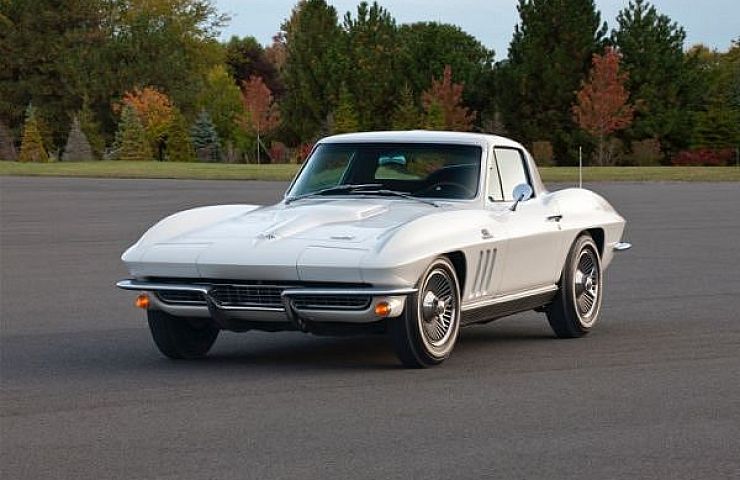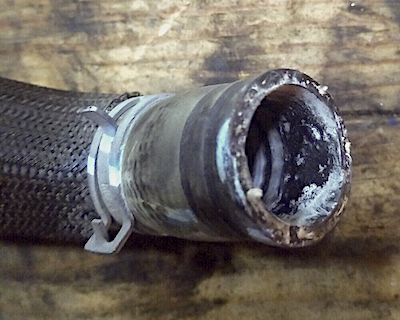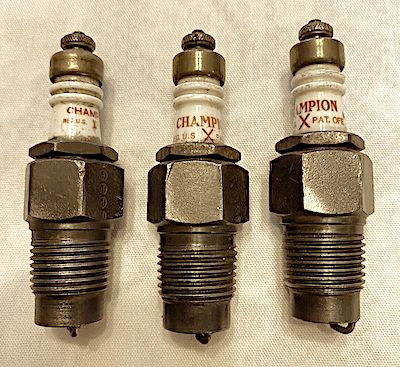Contents
As spring approaches, car enthusiasts get excited about the warm weather. Finally, the chance to drive a beloved classic car is right around the corner. But don’t jump in the car and head to the open road just yet. It’s essential to properly resurrect your vehicle from its cold-weather hibernation.
Shop now for battery chargersPerhaps you’ve already been taking your vehicle out of storage on the occasional dry, sunny winter day. That’s an excellent idea. It gets the engine up to operating temperature and the fluids circulating.
If you manage to take the vehicle out once or twice in the winter, getting ready for the spring driving season is straightforward.
Checklist for a Vehicle That Ran in the Winter
- Check your car battery with a multimeter. Carefully hook up the leads to the positive and negative battery terminals. Check the voltage. It should read at least 12.5 volts. If not, put it on a battery charger and see if it will rise to (and maintain) that minimal voltage of 12.5 volts.
- Inspect tire treads for signs of uneven wear. Look for cracks on the sidewalls. Inflate to the proper air pressure. Look at each tire’s date code and consider replacing it if it’s over five years old.
- Check the shocks by pushing down on the fender over each wheel. The vehicle should rebound after one bounce. Inspect the shocks for leaks.
- Look over the radiator surface for debris, rusting, or leaks. Check hoses for cracking or bulging, and inspect belts for glazing or cracking. Change the oil and oil filter using the owner’s manual’s recommendations for summer viscosity.
- Look under the car for any leaks. Pan gaskets can dry up over several months and should be replaced as needed.
- Check all the bulbs or LEDs for the car’s lighting system. And check your turn signal indicator as well.
- Check all fluid levels and top off as needed before taking the vehicle out of storage.
Checklist for a Vehicle Stored for Months
If you haven’t started your car at all over the winter, follow the following additional steps when you take it out of storage:
- Today’s gasoline only stores well if you have used a fuel stabilizer. Drain the gas out of the car and refill the tank.
Flush and replace the coolant with a mixture of 50 percent antifreeze and 50 percent water if you haven’t done so in two years. - With the spark plugs removed, spray a small amount of upper cylinder lubricant into the cylinders to free up any rings that might have gotten stuck. With the spark plugs still out, crank the engine a few times to help circulate the oil. Re-insert the plugs and attach the plug wires.
- Clean any dirt and corrosion off the battery, cables, and clamps. If you have kept the battery in a warm, dry place on a trickle charger, it should have held a charge during the winter. Check the battery as indicated above.
Get on the Road

Hand waxing protected the paint of this Dodge Challenger.
After running through these tasks, it’s time to take the vehicle out at moderate speeds for 30 minutes or so. Test the brakes to ensure the vehicle isn’t pulling to one side.
Next, park the vehicle and inspect the areas under the engine compartment, transmission tunnel, and transmission pan gasket for leaks. Check the temperature gauge for overheating issues.
Shop now for detailing kitsFinally, give the vehicle a thorough cleaning inside and out. Park outside on a sunny day with the windows open to let it air out.
That’s all you need to do when you take a car out of storage. A little prep goes a long way toward preparing for spring driving season.







